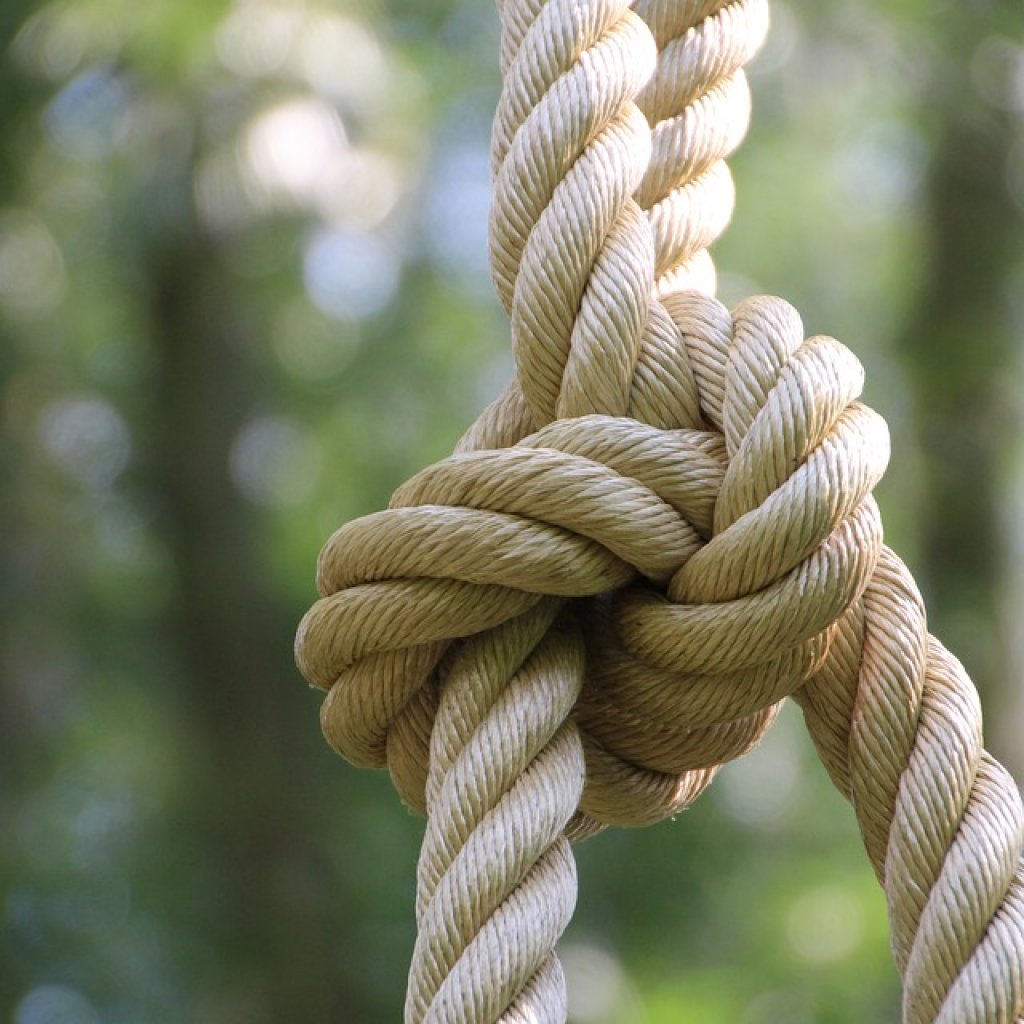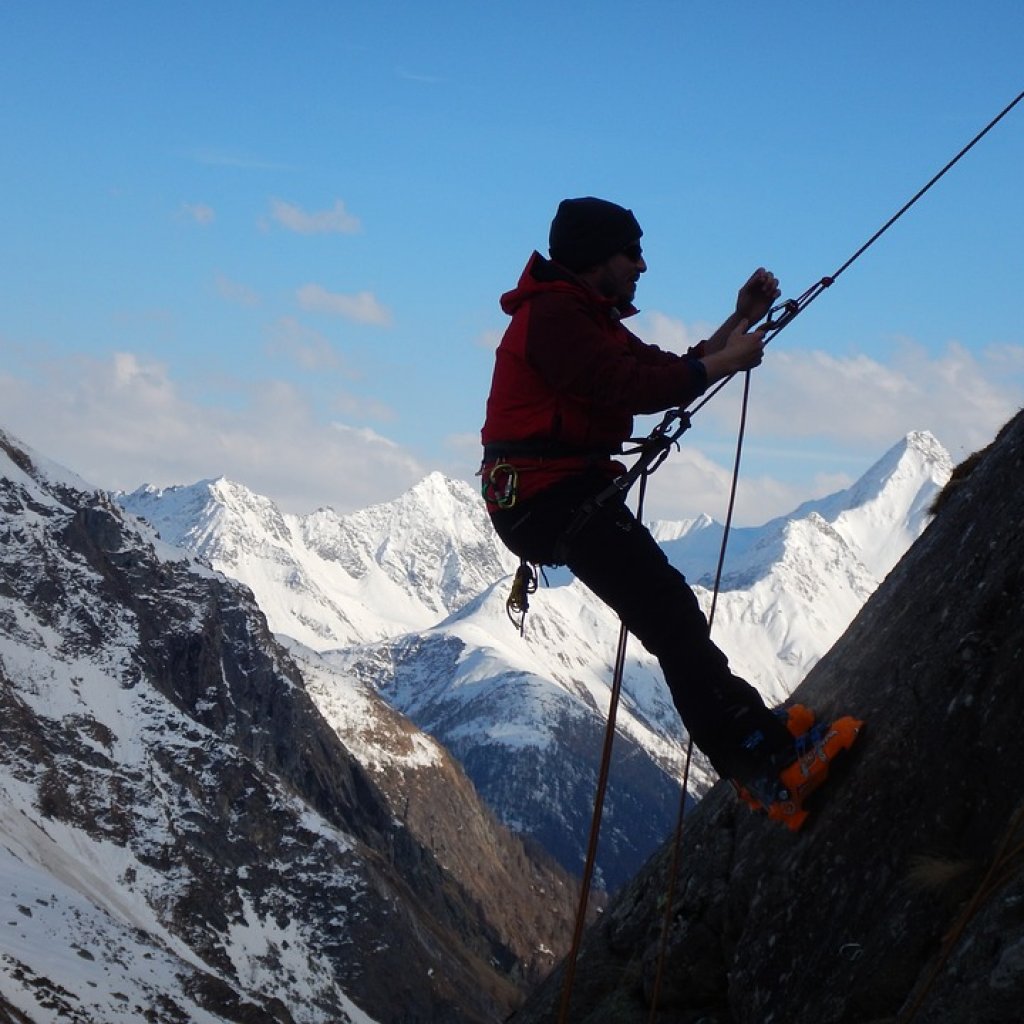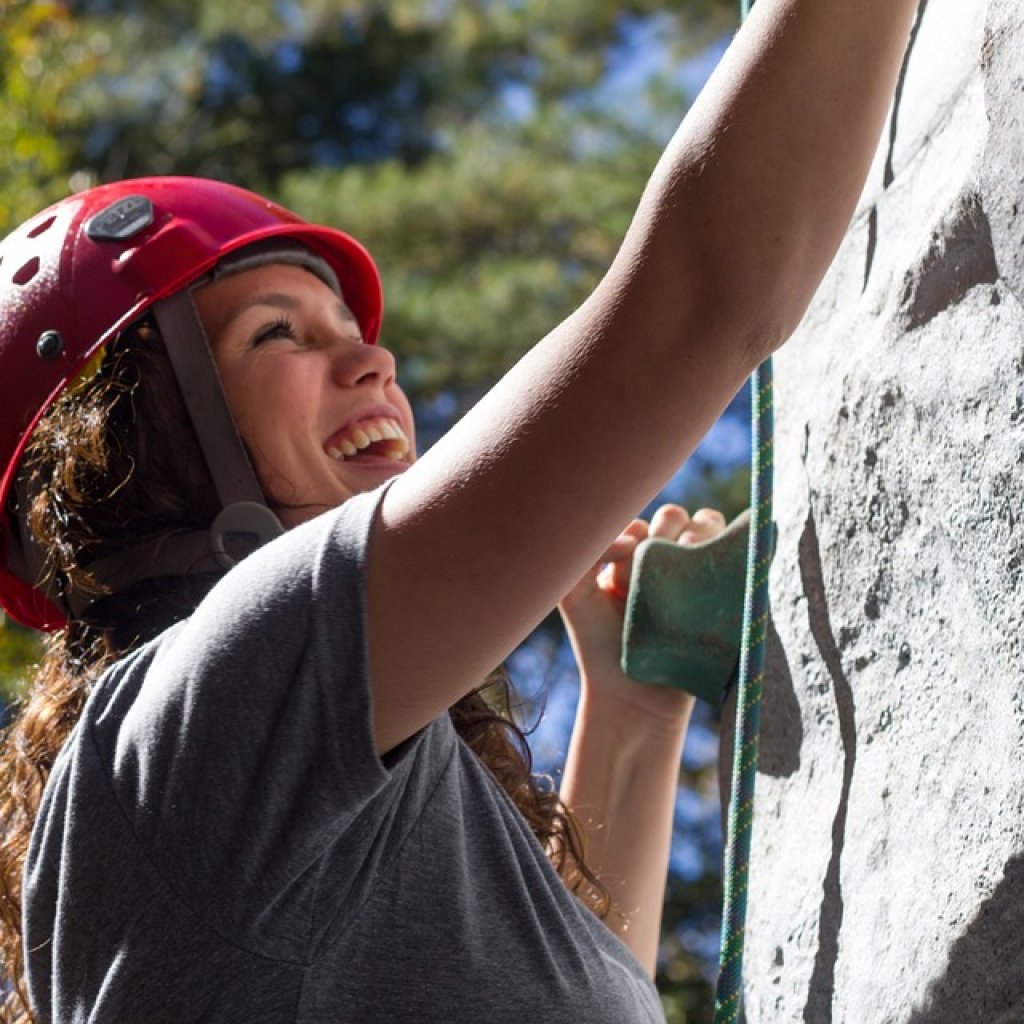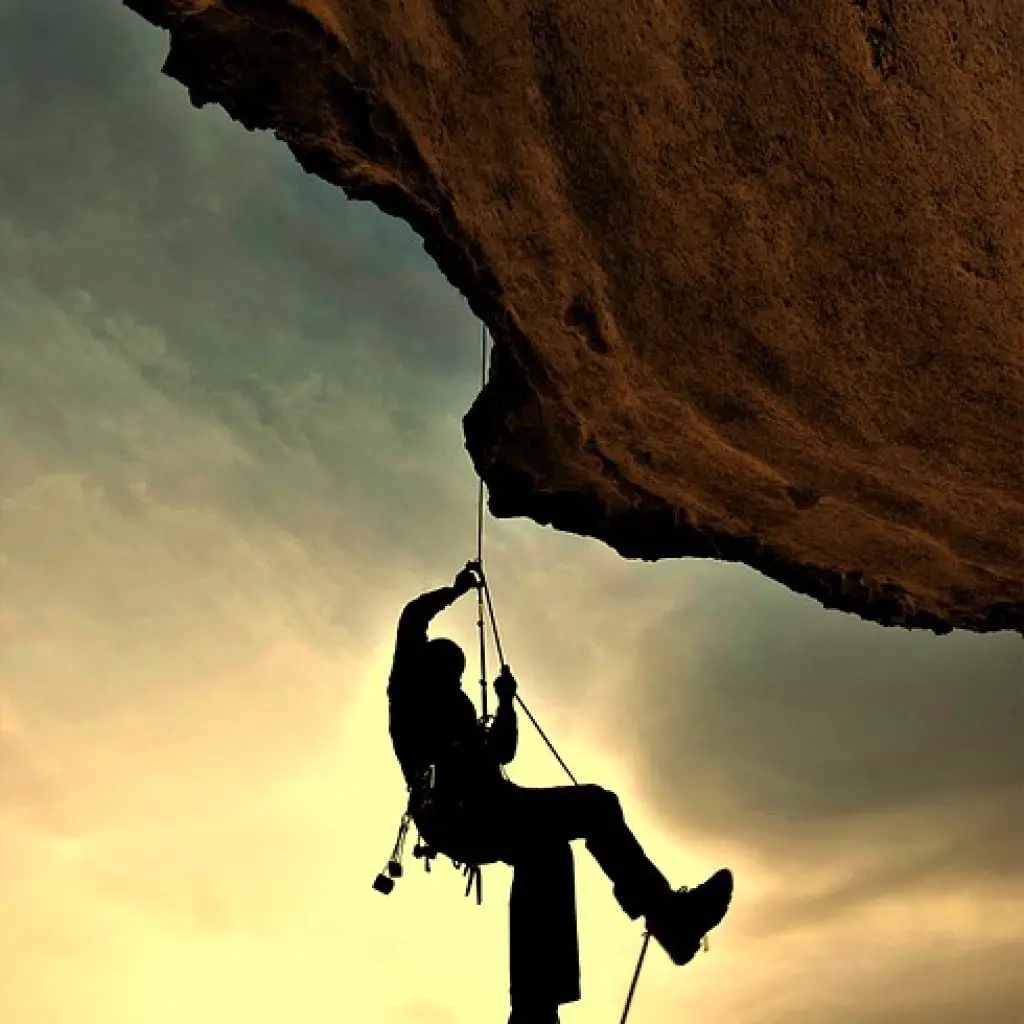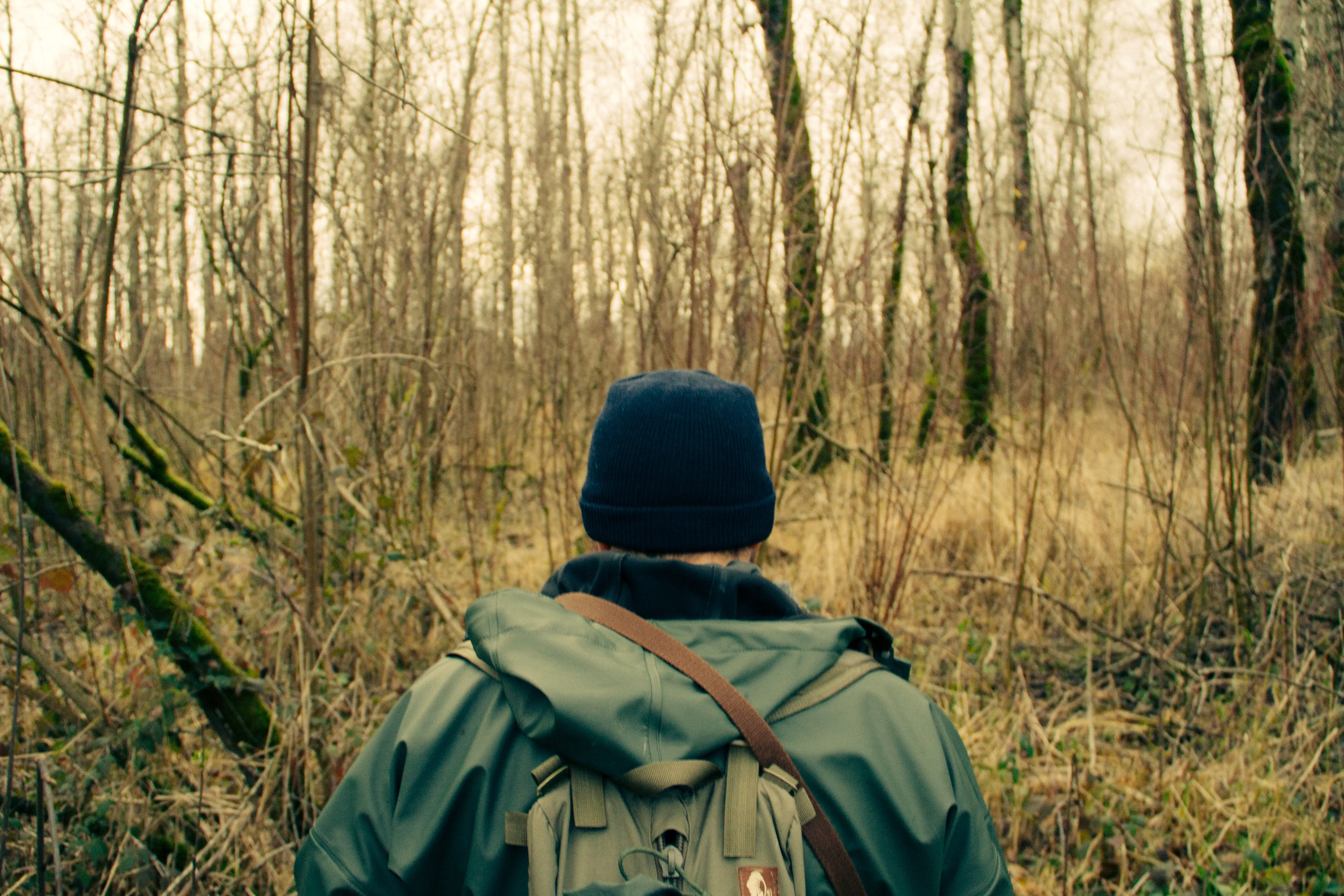Climbing Knots: The Essential Knots You Should Know
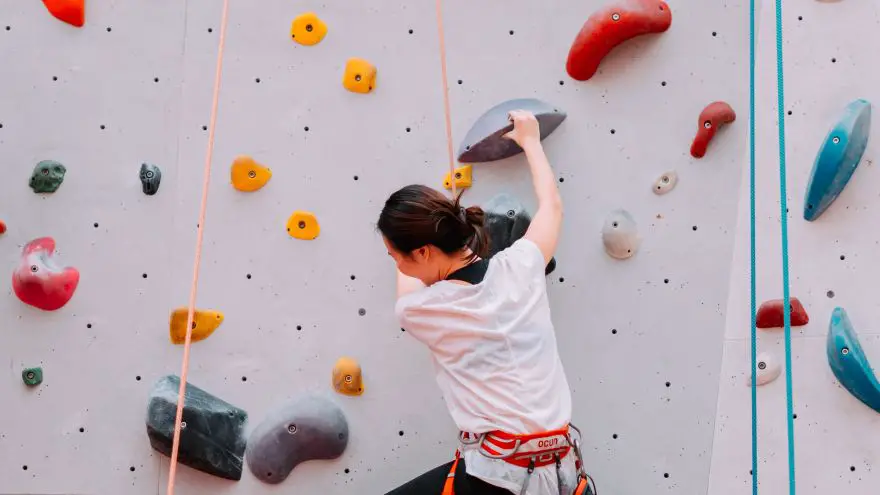 Climbing Knots: The Essential Knots You Should Know
thegearhunt.com
Climbing Knots: The Essential Knots You Should Know
thegearhunt.com
We are just getting started in the New Year, and you are tired of your same old, same old when it comes to working out. If you’re looking for something new and have decided to be a little more adventurous, you might want to try rock climbing this year. There are many of us, of course, who already know what the benefits, both physical and mental, are to taking up rock climbing. We know the exhilaration of climbing and the fun of doing it with friends and family as well.
For those of you, who have been considering taking up rock climbing in the new year, you might have some misgivings such as falling, tying the essential knots, and even not being able to do it. The great thing about rock climbing is that you can do it indoors or outdoors under close supervision, so you really have nothing to fear.
In this blog, we will go into the reasons you should get into rock climbing, the pros and cons, a few of the essential knots you should know, and even some safety tips to calm your nerves and help you get started. So, pull up a chair, grab a drink and follow us into this blog on rock climbing and the essential knots you need to know as well. Ready? Then, let’s get to climbing!
Top Reasons to get into Rock Climbing
There are many, many different reasons that rock climbers do and love what they do. If you are considering seriously getting into this sport, but are still on the fence, read on below for a few of the reasons you should indeed start your rock climbing adventure today.
It’s an Affordable Hobby to Start
Getting started in rock climbing is much more affordable than some of the other sports out there today. You can usually get a pair of climbing shoes for an affordable price, and memberships are usually around $60 monthly, according to what area you live in, so you will want to check around for the most inexpensive price for that.
Working Out Doesn’t Feel Like a Punishment
If you are like most of us, going to the gym or even working out at home can begin to feel like some sort of punishment when it’s done day in and day out. With rock climbing, there isn’t a day that I feel like I’m being punished. As a matter of fact, you can get that full body workout without gasping for breath, sweating rivers, and ending up with the muscle burn that everyone dreads before they even begin their daily workout routine.
It’s Different from What You Usually Do
When you’re trying to lose weight or even just tone your body, it’s easy to get into a rut. Sometimes, all it takes is switching up your routine to get you physically and emotionally back on the path to where you want to be. There have actually been studies that showed that switching up your routine or changing your workout helped to motivate people like nothing else could. This isn’t to say that you should give up your workouts completely, but switching to rock climbing once a week could make the difference you need to meet your goals.
You can Improve at Rock Climbing Quickly
Unlike some workouts or even some sports, where you can’t really tell if you’re improving at all, rock climbing is easy to see improvements in. It’s a sport that makes it possible to easily track your movements. This is because there are many different skills to acquire and muscle groups that you will be strengthening. That’s what makes rock climbing as a sport so great for beginners and the improvements keep on coming, even when you become an elite professional climber. There is always something new to improve in the sport of rock climbing.
Feeds Your Need for Adventure
Rock climbing can feed your need for adventure like no other sports can. Whether you’re in the gym, just climbing five feet off the ground, climbing for sport 60 feet off the ground, or climbing a mountain at 13,000 feet, this sport will certainly help you find the adventure you wanted to find. Be careful though, as rock climbing gives a rush of adrenaline and releases endorphins, meaning you might be hooked for life on the sport and the rush it gives you!
It’s the Full-Body Workout You Want
If you’ve been looking for a full-body workout that doesn’t leave you feeling miserable and depleted, then rock climbing is the sport for you. It gives you strength, endurance, and even flexibility training, all in one activity. How’s that for an advantage? Rock climbing just twice a week can give you the full-body workout that is not only recommended by the experts but that you have been seeking as well.
It’s a Good Way to be Social
If you’re looking for a way to expand your social circle or if you know you just really need to get out more, then joining a rock climbing gym is the way to do it. Since there is plenty of downtime between climbs, you are apt to meet anyone from any career or any walk of life. Strike up a conversation, find a workout partner, or get a group of friends that you can be friends with for life. The social advantages and opportunities when rock climbing are endless.
It Gives You a Goal to Reach For
For many people, rock climbing is like playing one of their favorite video games. There’s always a new level to reach for and be extremely excited about when you reach that goal. There are many levels to rock climbing and setting goals will give you something to reach for and the adrenaline rush when you make that goal is something to look forward to and can’t be described to anyone who hasn’t been there.
With Time and Practice, You will Succeed
It’s important to note, that rock climbing isn’t like other popular sports. You don’t need to be a certain age, height, weight, or build to be a great rock climber. As a matter of fact, some of the best rock climbers in the world range from the ages of 13 to 35. How’s that for variety in a sport?
It’s Mentally and Physically Challenging
Rock climbing isn’t just physically challenging, it’s mentally challenging as well. Every route is different and you have to use your brain to figure out what if the best way to get through it, causing your mind and your body to have to work together to accomplish the climb and reach your goal.
Do it Indoors or Outdoors
One of the best reasons to take up rock climbing as a sport is that it can be done indoors at a rock climbing gym or outdoors where you can feel the wind in your hair and the sun on your face. The choice of which one you do is yours, or do both if you’re feeling the need.
Essential Knots to Know in Rock Climbing
Now, that you know the reasons you might want to get into rock climbing, let’s move onto some of the essential knots you’ll need to know to be successful at your climb and safe as well. We will go into a few of them and then list the others for you to do your own research on.
Euro Death Knot
This knot is used to join two climbing ropes together and can come in handy as well. The great thing about this knot is that it’s easy to tie, then easy to untie, and it doesn’t get caught on the rock features during your rappels. The rule of thumb is to leave at least eight to 12 inches of a tail when tying this knot.
Figure 8 Retraced
This is a simple, basic knot and it used to tie your rope to your harness. This is an extremely important one to know, as you don’t want your rope and your harness getting separated during a climb. The advantages of this knot as it’s easy to inspect and easy to untie after you have loaded it into a fall.
Girth Hitch
This is a knot for tying climbing slings to stuff like belay loops, bolt hangers, and threads of rock, chicken heads, and horns on trad routes. The advantages of this knot are that it’s useful in many different situations, it’s easy to tie, and you can actually tie it with one hand.
Clove Hitch
This knot is used to tie a climbing rope to a carabiner and works well for tying yourself to an anchor. The advantages of this knot are that it is easy to tie and even untie after you have been anchored, it’s easy to adjust it after it’s tied, and you can tie it easily with one hand.
Other Essential Knots You Need to Know
- Munter hitch
- Prusik
- Double Fisherman’s Knot
- European death knot
- Autoblock knot
- Bowline knot
- Double bowline knot
- Butterfly knot
- Barrel Knot
- Stopper knot
- BHK knot
These are just a few of the essential knots that you need to know if you want to get into rock climbing, there are many more. Do your research on these and practice them, until you can do them perfectly every time.
Now, we will move into our section on the safety tips that you need to know when rock climbing, whether it’s indoors or outdoors because after all, you can have fun without them.
Safety Tips for Rock Climbing
Rock climbing isn’t like taking a walk around the block for an evening stroll. While it can be fun and exhilarating, it can also be dangerous, if you don’t know what you’re doing and follow some basic safety rules. We will go into a few of those rules below.
Always do a Safety Check
Before you set off to climb, you should always, always do a round of safety checks. Even the most experienced climbers make mistakes, and if you fail to do a safety check that could have caught that mistake, you could end up seriously injured or worse.
Know Your Knots
It’s important to know all of your essential knots when you go on a climb, but knowing your safety knot is the biggest. All it takes is tying that safety knot to loosely or the wrong way and you might plunge to the bottom of your climb at any moment and that usually doesn’t have really good results.
Always Wear a Helmet
While helmets may bother you, make you sweat, or any other number of excuses you can come up with, it is an extremely important part of your climb. Many climbers make the mistake of assuming since they have climbed this route for years that no rockslides can happen. Not true. Many climbers have suffered severe head injuries from falling rocks. So, why not err on the side of caution and wear yours as well. It only takes a minute to do and it could very well save your life.
Other Safety Tips to Follow
Below find a few other safety tips that you should follow when rock climbing as well.
- Check your harnesses and belay device
- Check your rope and protection
- Avoid the drop zone
- Check your descent carefully
- Communicate with your fellow climbers clearly and concisely so there is no confusion
- Always pay attention to your surroundings and the other climbers who are with you
- Know your climb
- Know the partner you are climbing with
- Remember knowledge is power
This concludes our blog on rock climbing, safety tips, reasons, and even a few of the essential knots you should know when you’re getting started. Remember, do your research well, follow all safety tips, and have fun while you’re out there. Happy climbing everyone!
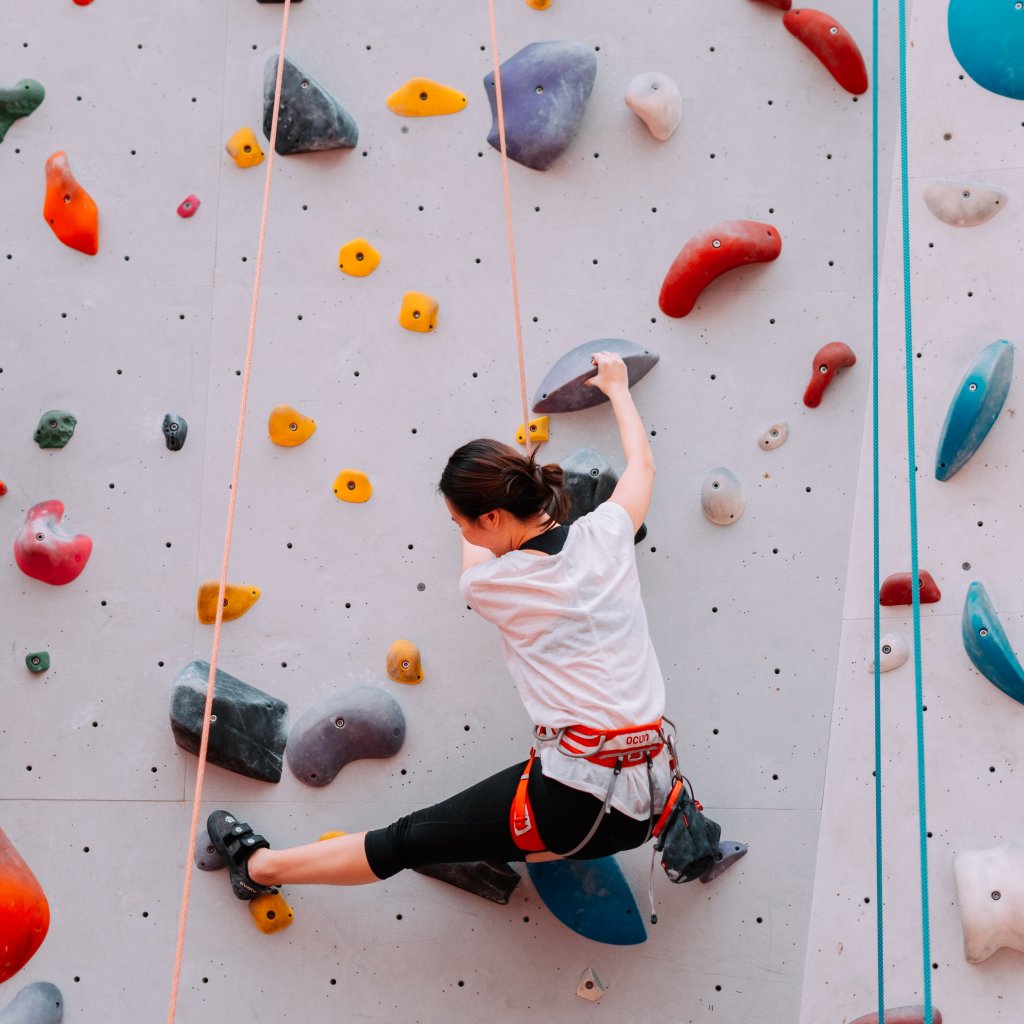
Sources:
- Backcountry: The 7 Need to Know Climbing Knots
- Mindbodygreen: 10 Reasons Everyone Should Try Rock Climbing
- The Adventure Junkies: How to Stay Safe While Climbing





